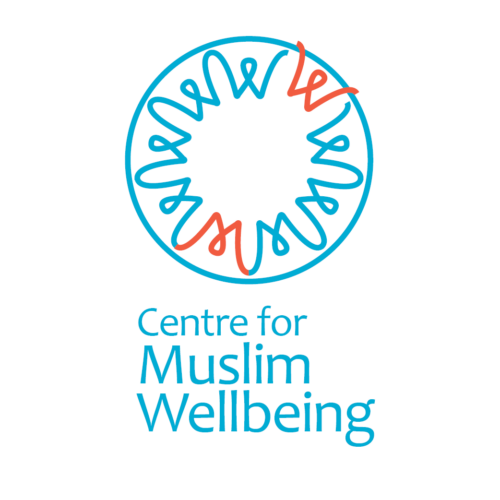
Keeping Safe Initiative
How we created a culturally sensitive mental health awareness
campaign for the Muslim community.

How we created a culturally sensitive mental health awareness
campaign for the Muslim community.

The Centre for Muslim Wellbeing (CMW) identified a significant issue – many Muslims in Victoria face mental health challenges, yet stigma, cultural barriers, and limited access to culturally relevant support prevent them from seeking help. Studies show that one in five Muslims will experience mental health struggles, but conversations around mental well-being often remain taboo.
CMW launched the Keeping Safe initiative to address this gap, aiming to provide faith-based, culturally sensitive resources that encourage early intervention and reduce stigma. The challenge was to communicate these messages in a way that resonated deeply with the Muslim community.
To ensure the Keeping Safe initiative resonated with the Muslim community, we took a multi-layered approach. We recognised that addressing mental health in this context required a strategy that was culturally sensitive, faith-affirming, and accessible.
We began by identifying three key audiences:
1. Community Members
Many Muslims struggling with mental health concerns hesitate to seek help due to stigma or the belief that their struggles are a test of faith that must be endured alone. We wanted to shift this perception by showing that seeking support is not a sign of weakness but a proactive step toward well-being. Our messaging emphasised the Islamic principle of self-care and the importance of seeking help when needed.
2. Mental Health Professionals
Many healthcare professionals recognise the importance of culturally sensitive care but may lack the necessary tools and knowledge to support Muslim clients effectively. By incorporating faith-based insights, we provided a resource that helped bridge the gap between clinical practice and cultural understanding.
3. Religious and Community Leaders
In Muslim communities, Imams and other community leaders play a vital role in shaping attitudes and behaviours. If they openly discuss mental health and encourage seeking support, it can significantly reduce stigma. We ensured that these leaders had the right resources—such as workshop slides, key messages, and faith-based examples—to foster informed discussions within their communities.
A faith-driven approach was at the heart of the campaign. We collaborated closely with individuals who had lived experience with mental health challenges, as well as mental health professionals and religious scholars. This ensured that our content was:
By combining these elements, we created a campaign that was not only informative but also deeply meaningful to the people it aimed to support.
We knew that an effective mental health awareness campaign needed to be engaging, visually compelling, and easy to understand. Given the success of explainer videos in simplifying complex topics, we decided to create a short, powerful animated video as the centerpiece of the Keeping Safe initiative.
To ensure maximum impact, we focused on the following elements:
To complement the video and maximise its reach, we developed additional materials, including:
By integrating a variety of content formats, we ensured that the message reached people in multiple ways—whether they were attending a community event, visiting a mosque, or scrolling through social media.
The explainer video successfully raised awareness and engagement within the community, ensuring the message reached those who needed it most.
Overall, the video contributed to a comprehensive and supportive initiative, addressing key community concerns, promoting mental well-being, and encouraging help-seeking behaviour.